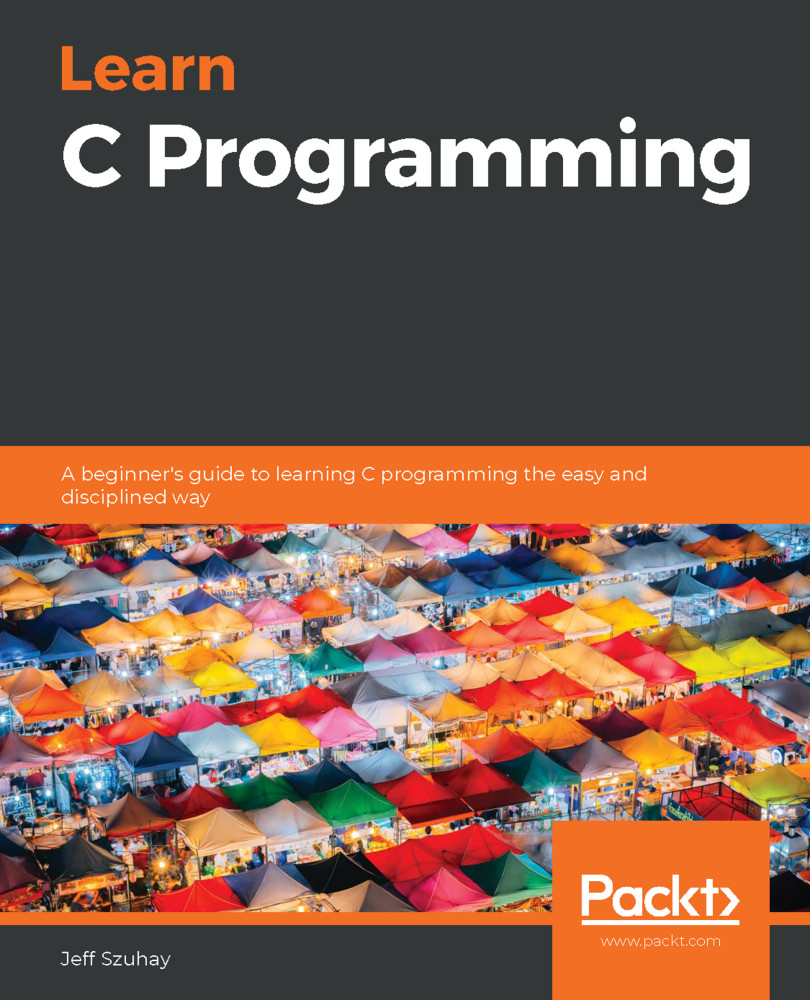Unfortunately, C strings also have some great weaknesses. The foremost of these is the inconsistent application of the NUL terminator. Sometimes, the NUL terminator is automatically added, but at other times, the responsibility of adding it is left to the programmer. This inconsistency makes creating strings somewhat error-prone so that special attention must be given to correctly forming a valid string with the terminating NUL character.
A minor weakness of C strings is that they are not always efficient. To get the size of a string, for instance, the entire string must be traversed to find its end. In fact, this is how the strlen()function works; it traverses the entire string, counting each character before the first '\0' character it encounters. Often, this traversal may be done multiple times. This performance penalty is not quite as important on fast computing devices, but it remains a concern for slower, simpler computing devices...


